Being mobile indicates how capable people are of controlling their lives. A walker can improve one’s life when it becomes dangerous or difficult to walk. It can help with stability and gain confidence. But who is benefiting from a walker, and how do you determine when this accessory is needed?
By gaining a better understanding of the various types of patients who need to use a walker, we come to appreciate their healthcare and rehab importance. Whether it is an elderly person dealing with the changes of aging or a younger patient recovering from an operation, walkers are a bridge to independence across all demographics.
Why and When Do Patients Need a Walker?
People use walkers when they have underlying conditions that make walking unsafe or too difficult—to to do independently. Knowing these is beneficial to the patient and the caregiver for doing the correct thing like helping with the walker on time.
Instability and Balance Issues
Many patients use walkers for common balance problems. When the body's balance system isn’t working properly, walking can be risky. You may feel dizzy because there is something wrong with the vestibular system of your inner ear. Patients often feel as if they are walking at an angle while the ground is straight.
Neurological Problems Can Mess With Your Body’s Balancing Act Most People Take For Granted. For the brain to maintain a stance close to vertical, it receives numerous signals from the inner ear, the eyes, and proprioceptors throughout the body. The improper function of such systems can make the patients extremely unstable, causing a significantly higher risk of falls.
A walker might help with these balance difficulties by providing a wide, stable base of support. With this wider base of support, a user can make multiple contact points with the ground, forming a safety net that can ‘catch’ the body when our balance system fails to do so.
Weakness and Fatigue
Weakness can occur in patients of all ages and illnesses. As we age, our muscle wasting, known as sarcopenia, progressively weakens our legs and core strength. People with chronic illnesses who regularly lie in bed or take medication cannot carry out basic movements.
It requires many muscles working together for a person to be able to stand or walk. If these muscles become weak, patients get tired of doing tasks. It is tiring to walk to the mailbox or through the house.
Walkers are significant due to the fact they help to support the body weight of a person and decrease the effort required to walk. A helpful assistive framework that enables the user to move about without getting too tired. It helps patients do more during the day.
Pain During Movement
Chronic pain affects how much and how willing we are to walk. Joint pain gets worse when you move it. Many types of arthritis affect many joints, especially weight-bearing joints such as the hip, knee, ankle, etc. Every step feels like they’re stepping on broken glass, prompting the patients to take care not to do any activity.
Back pain can occur when movement of the back is restricted. It can be due to a herniated disc or spinal stenosis. Each footstep strikes the ground violently. This vibration travels up the legs and through the spine. This exacerbates nervous conditions and spinal ailments.
Walkers give instant relief by redistributing weight. A walker frame takes the pressure off the painful joints, which may ease discomfort. It also helps the user's stability and prevents falls.
When individuals experience less pressure, they are able to move more easily and relieve themselves from pain. When they feel less pressure, they are able to move more and relieve themselves from pain.
Recovery from Surgery or Injury
After surgery, the movement begins a phase in which healing begins. Healing tissues after certain hip and knee replacement surgeries, spinal procedures, and fracture repairs must not be disturbed. Surgeons habitually prescribe weight-bearing limitations to prevent issues and encourage precise healing.
Following the surgery, you may be advised against applying weight to the foot. Sometimes, patients find it nearly impossible to do their daily life activities with these constraints.
Walkers are great because they are stable and help the patients control how much weight they’re putting on the injury. The ability to move aids in healing and prevents complications related to immobility.
Neurological Conditions
Young athletes with neurological disorders experience various mobility difficulties (in addition to weakness and pain). Every year, tens of patients with special conditions affecting their gait fall under Parkinsonism. People sometimes have freezing episodes, when their feet feel stuck to the ground. This can be really dangerous.
A stroke can cause weakness in one side of the body for the survivor long after the event. It is termed hemiparesis or balance problems. Multiple sclerosis can cause surprising issues like weakness, numbness, and coordination problems that can change from day to day.
Due to some nervous issues, they cannot walk around. When someone moves with a walker, the walker is a constant external input that helps the brain compensate for the poor control of movement and balance.

What Type of Patient Typically Uses a Walker?
Walker users are a diverse bunch that all have one thing in common: they need help moving about. By knowing these frequent patient groups, it is easy to tell who would benefit from a walker.
Older Adults Managing Age-Related Changes
The process of getting older brings with it many body changes. They combine to impair movement. An individual may experience decreased bone density (osteoporosis), where fractures can occur from minor falls. Your muscles get thinner (sarcopenia), so you get weaker and less enduring. A decrease in flexibility in joints can affect mobility.
It is harder to navigate because vision changes decrease depth perception and contrast sensitivity. Systems for balance become less responsive, and reaction time slows. These cumulative changes make it a perfect storm for mobility difficulties.
Elderly people who walk with walkers do this to prevent falling. It is much better to be safe in mobility than to fall and be injured. With the use of a walker, they become insured against the horrible consequences of a hip fracture or head injury.
Individuals Healing After Surgery
To heal and function well, you should balance things out after surgery. Orthopedic surgeries, in particular, require careful timing for the healing process to have the best outcome.
The hip replacement patient begins with limited use of their operated leg, toe-touch weight-bearing, and moves to full weight-bearing as treatment advances. Knee replacement patients might require protection against injury while they work to acquire strength and range of motion.
After surgery on your spine, you may need months of mindful movement patterns to shield a healing fusion or repair. In these recoveries, walkers allow patients to mobilize while respecting the precautions of the surgery.
Living with Neurological Conditions
Neurological patients may have to adapt their movements for a long length of time. Patients with Parkinson’s disease may use walkers to prevent freezing episodes. These walkers provide stability during off periods.
People with multiple sclerosis often have different symptoms, making how much they can walk different. On difficult days, patients can use walkers, while on easier days, the same patients may walk.
Peripheral neuropathy, commonly caused by diabetes, causes numbness and balance problems, which increases fall risk. Patients who have less proprioception feedback rely on using walkers.
How Does a Walker Help Patients?
Walking sticks help a person stand straight. Grasping these benefits enables patients and families to get proper walker use with due value.
Improving Stability and Preventing Falls
The main function of any walker is to provide a larger base of support. This wide base lowers the center of gravity, providing better stability and multiple points of contact with the ground. Users feel confident in taking the right step with our support.
Fall prevention extends beyond stability improvements. When someone stumbles or loses their balance, a Walker can catch them before they fall. Would it be right if I paraphrase your writing?
Reducing Pain Through Weight Offloading
Patients immediately experience the benefit of the redistribution of weight. Users can shift some of their body weight off of painful joints and onto the walker frame for immediate pain relief and more comfortable movement.
When a person’s pain is reduced, they are enabled to move more. This helps joint flexibility and strength of muscle strength, which is an ongoing process.
Supporting Independence in Daily Life
Patients can perform essential activities independently using a walker. Every day, things like walking to the bathroom, making a meal, or checking the mail can be done without help.
This independence has great psychological benefits, allowing the patient to honor his/her dignity and self-reliance during difficult days of health. When patients can take care of simple daily tasks, the burden on the caregiver is reduced. It also makes them more emotionally healthy.
Are There Different Types of Walkers for Different Patients?
Walker selection requires careful consideration of individual needs, abilities, and environments. Different designs serve specific purposes and patient populations.
Standard Walker (Pick-Up Walker)
Standard walkers offer maximum stability through their four-legged design without wheels. Users must lift the entire frame to move forward, which requires upper body strength but provides unparalleled support for those with severe balance problems or strict weight-bearing restrictions.
Four-wheel walker (Rollator)
Rollator walker features wheels on all four legs, hand brakes, and often includes seats and storage baskets. These 4-wheel walkers suit patients with better balance who need assistance primarily for endurance or mild unsteadiness. The seat feature allows rest breaks during longer walks.

Specialized Options
Knee walkers serve patients with lower leg injuries who cannot bear weight through their foot or ankle. Platform walkers accommodate patients who cannot grip standard handles due to hand or wrist problems.
Tips for Choosing the Right Walker
Choosing the right walker can ensure patient safety and effectiveness while meeting the patient’s needs.
Professional Consultation
Healthcare workers, like physical therapists, can assist in walker selection. They evaluate health issues, the physical ability to move around, and functional aspirations to provide suitable recommendations.
Physical Assessment
The user’s strength, balance, and thinking ability determine the kinds of walkers. The patient must have enough upper body strength to safely control their walker of choice.
Environmental Considerations
Consider where the walker will be used most frequently. Designs for indoor use may take on more compact forms, while designs for outdoor use may opt for larger wheels and greater maneuverability.
Summary
Walkers help all kinds of patients who cannot move around. Whether it’s an elderly person who is having difficulty with the natural aging process or a younger person who has just had an operation on their body, these devices help them to be able to move about safely and independently.
The correct selection of walkers by the individual about their needs, abilities, and environment guides their successful use. Healthcare professionals help select the method and supervise the approach followed.
Through the above content, we know that walkers can help patients turn mobility impairment into a controllable situation. By properly selecting and using walkers, patients can stay active and live a fulfilling life even with disabilities. Therefore, if you want to buy a walker, Paiseec is a good choice. For more product information, please consult their official customer service.
Related Reading:
Do You Need a Doctor’s Order for a Walker?




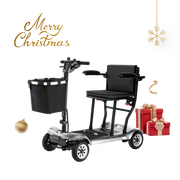
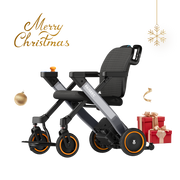
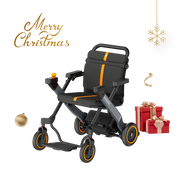
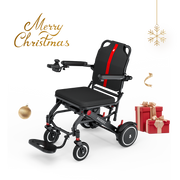


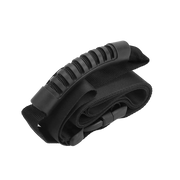



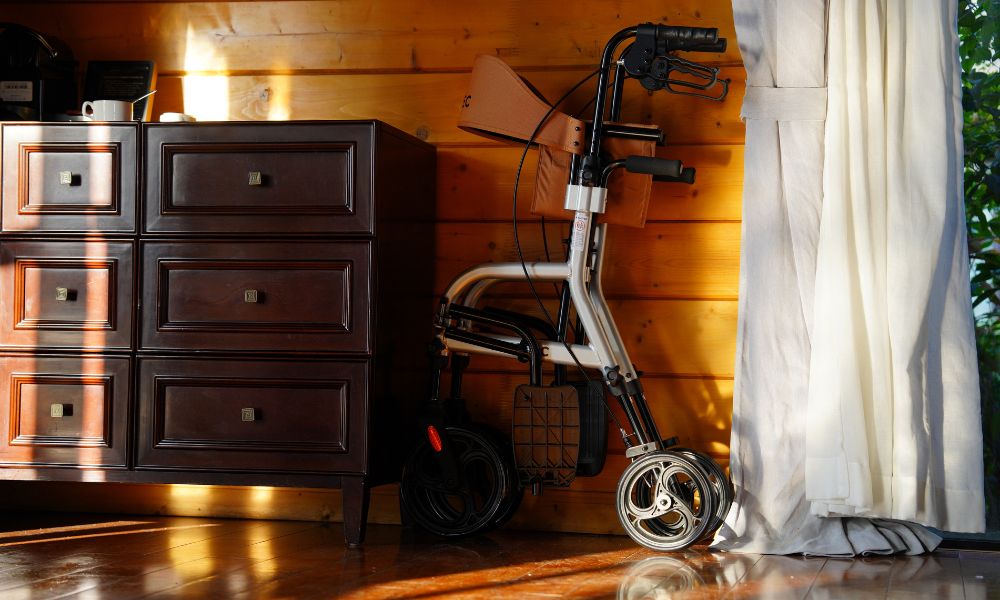
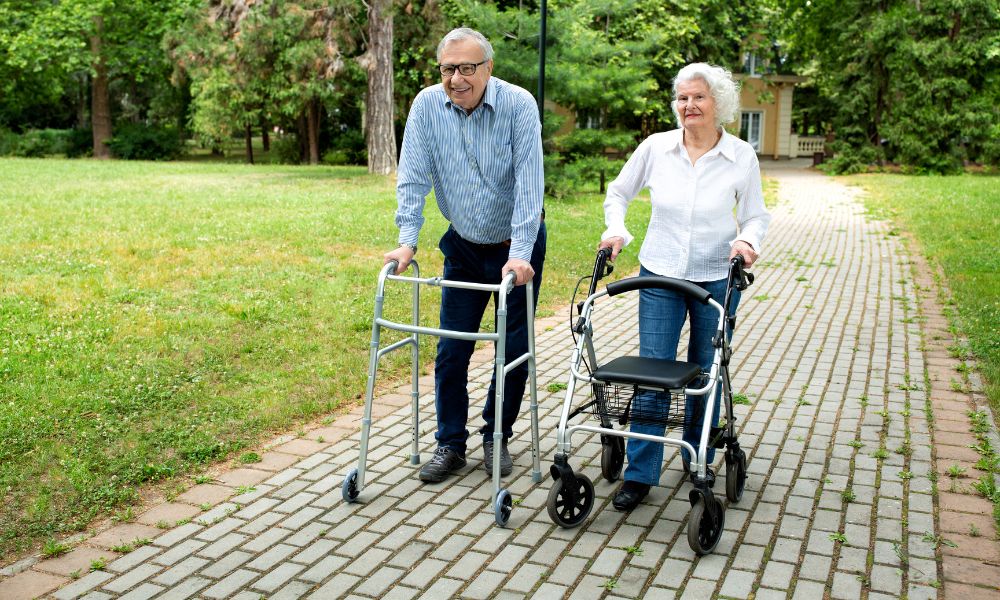
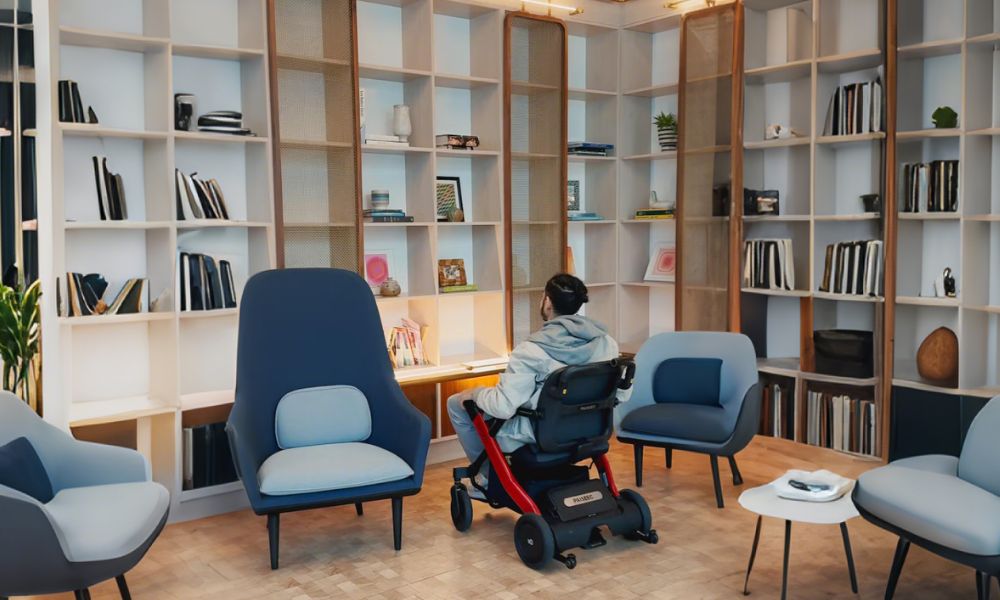





Leave a comment
This site is protected by hCaptcha and the hCaptcha Privacy Policy and Terms of Service apply.